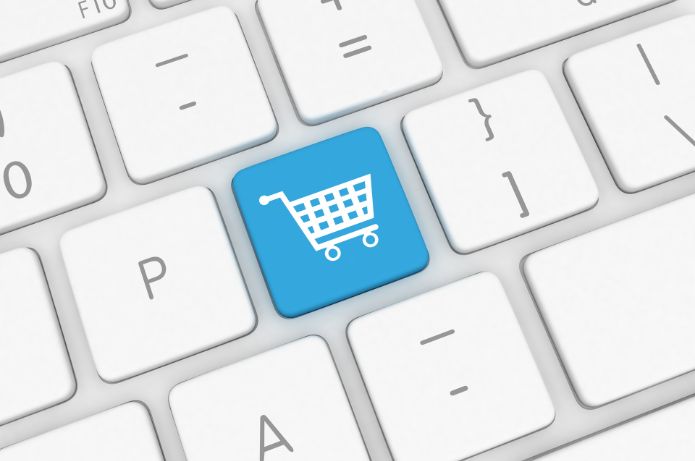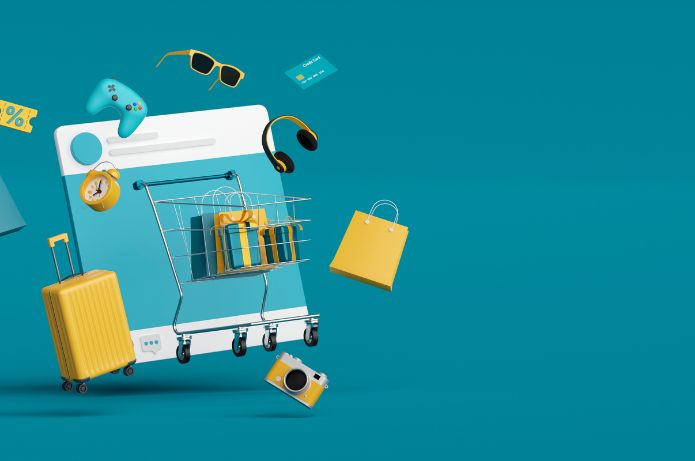Collective purchases, also known as group purchases or group buying, they represent a business model in e-commerce where a group of consumers comes together to obtain significant discounts on products or services. This concept is based on the principle of collective purchasing power, where suppliers offer reduced prices in exchange for a guaranteed volume of sales
History
The concept of collective purchasing is not new, having its roots in traditional business practices such as buying cooperatives. However, the online version of this model gained popularity in the late 2000s, with the launch of sites like Groupon in 2008. The idea quickly spread, leading to the emergence of numerous similar sites around the world
How collective purchases work
- Offer: A supplier proposes a significant discount on a product or service, generally 50% or more
- Activation: The offer is activated only when a minimum number of buyers commit to purchasing the product or service
- Deadline: Offers usually have a limited time frame, creating a sense of urgency among potential buyers
- Disclosure: Group buying sites promote offers through emails, social media and other marketing channels
- Purchase: If the minimum number of buyers is reached within the deadline, the offer is activated and the coupons are issued to the buyers
Advantages
Collective purchases offer benefits for both consumers and companies
For consumers
- Significant discounts: Consumers can obtain products and services at greatly reduced prices
- Discovery: Exposure to new businesses and experiences they may not have discovered otherwise
- Convenience: Easy access to a variety of offers on a single platform
For companies
- Advertising: Exposure to a large number of potential customers at a relatively low cost
- Increase in sales: Potential for a large volume of sales in a short period
- New customers: Opportunity to attract new customers who can become regulars
Challenges and criticisms
Despite its initial popularity, the collective purchasing model faced several challenges
- Market saturation: Rapid growth has led to saturation in many markets, making it difficult for companies to stand out
- Service quality: Some companies, overwhelmed with the volume of clients from the offers, they could not maintain the quality of the service
- Reduced profit margins: Large discounts can lead to very low or even negative profit margins for participating companies
- Customer loyalty: Many consumers were attracted only by discounts and did not become regular customers
- Consumer fatigue: Over time, many consumers felt overwhelmed by the volume of offers in their emails
Evolution and current trends
The collective purchasing model has evolved significantly since its peak in the early 2010s
- Focus on niches: Many collective buying platforms now focus on specific sectors, like travel or gastronomy
- Integration with other models: Some companies have integrated elements of collective purchasing into their existing business models, like marketplaces and cashback sites
- Personalization: Use of data and artificial intelligence to provide more relevant offers to consumers
- Corporate group buying: Some companies are using the model to obtain discounts on bulk purchases for their employees
- Flash sales: Short-term offers with significant discounts, inspired by the model of collective purchasing
Legal and ethical considerations
Collective purchases have also raised legal and ethical issues, including
- Misleading advertising: Concerns about the truthfulness of the advertised discounts
- Consumer protection: Issues regarding refunds and guarantees for products and services purchased through collective buying
- Pressure on small businesses: Criticism that the model may excessively pressure small businesses to offer unsustainable discounts
Conclusion
Collective buying represented a significant innovation in e-commerce, offering a new way to connect consumers and businesses. Although the model has faced challenges and evolved over time, the fundamental principles of collective purchasing power and volume discounts remain relevant in the current e-commerce landscape. As e-commerce continues to evolve, it is likely that we will see new iterations and adaptations of the concept of collective purchasing, always seeking to provide value for both consumers and businesses











